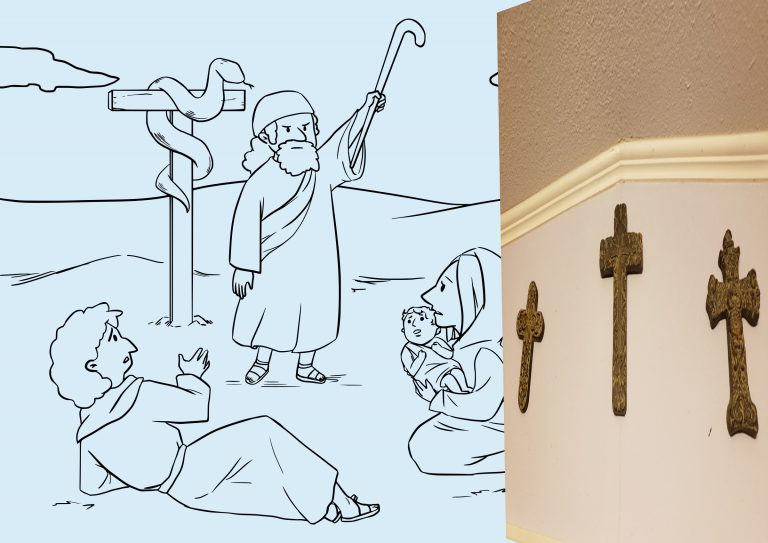Tradition Criticism
Tradition criticism is an overview method that encompasses all four of the critical tools I have discussed previously, textual, form, source, and redaction criticism. Tradition criticism differs in that it is an overview process of studying the entire history of the text, looking for ways in which the expressed tradition has changed, and the circumstances that were involved in that change. It assumes an oral stage of the text, and is again not very effective in studying something that was originated in written form without a prehistory.
In order to put tradition criticism into action, one normally begins with textual criticism, in order to have a good text from which to start the process. In some cases, such as the oracles against the nations in the book of Jeremiah that I referenced previously in my post on form criticism, textual criticism can give us some insights into the history of the tradition as well as helping us accurately discover the final text. Form, source, and redaction criticism each deal with an aspect of the history of the text, but they tend to rather arbitrarily divide the process into discrete stages, each of which is studied by a different method. Tradition criticism tries to bring these stages together, and ask questions such as what was important to the people who told these stories, why did they tell these stories and not others, and how this reflects on their culture and their understanding of history.
In doing so, tradition critics identify motifs, such as the successful foreign courtier in the Joseph story, the threatened ancestral figure, such Sarah barren or taken by a foreign ruler, or particular types of prophetic oracles. These often combine into themes, such as the overall protection God gives to the ancestral line.
In understanding how the culture saw its own history, we can come to understand the final product better. For example, in modern eyes, the story of the flight into Egypt (Matthew 2:13-15) is either predicted by Hosea 11:1, or Matthew made an error. Now it is clear from context that Hosea 11:1 is not Messianic, and in no way intends to predict anything about the Messiah. But by understanding how traditions were shaped in telling and retelling, such as the exodus from Egypt and the exile to Babylon and return, we can add the option that Christians, in developing this tradition about Jesus, were tying their story into the continuing story of Israel’s experience. Notice here that tradition history is not concerned with determining historicity; it is only concerned with the way in which the story is told and passed on.
Thus tradition criticism is one of those “forest” types of tools that looks at a broader picture. There is a danger in tradition criticism, just as with form, source, and redaction criticism, that one builds too much on too little evidence. A few conjectures are necessary in historical study, but when conjecture is built on conjecture, the final result can be improbable indeed! Tradition critics must be careful to admit they don’t know when they don’t know.

